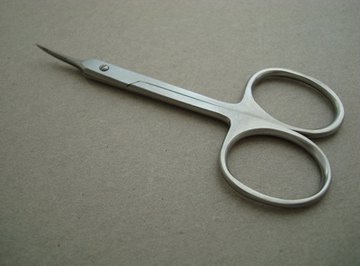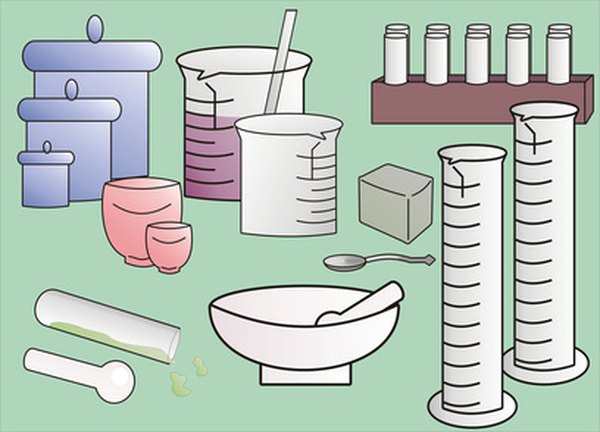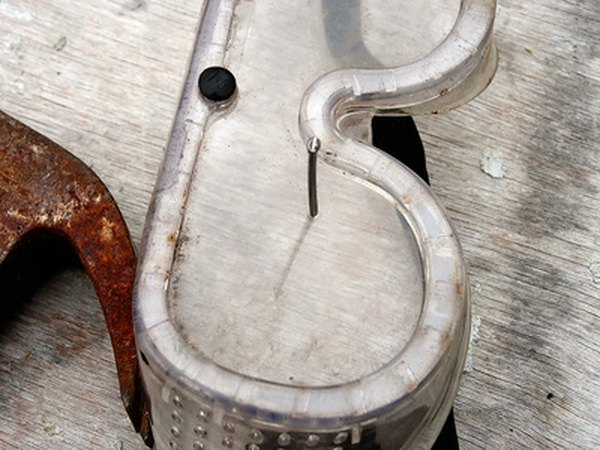
Learning rules for lab safety can prevent major accidents from happening. When it comes to sharp objects, it’s essential that every student or worker in a lab knows the ins and outs of handling sharp objects and what to do if something does go wrong. Keep in mind that the lab’s sharp objects might be designed differently, or be more or less sharp, than sharp items in your home.
Dispose of biohazards
If a sharp object is contaminated with a biohazard, such as blood, dispose of it in the proper biohazard receptacle. This is important whether you are working on a lab that involves bodily fluid sample or you accidentally cut yourself with a sharp object. Biohazards go on to be steam-sterilized and then incinerated.
Use glassware with caution

When using glassware, handle it carefully so it doesn’t break. This includes not slamming the glassware down on a surface and not submerging hot glass in cold water. If breakage does occur, then carefully clean it up and dispose of it in a tough bag or box labeled “broken glass.” Keep in mind the safety of the people who will later be handling your trash, from lab assistants to lab janitors to waste disposal workers.
Wear protective clothing

When in contact with sharp objects, wear protective gear. This includes goggles for eye safety, a cotton lab coat to protect skin from slices, thick gloves to protect your hands, and boots, in case a sharp object is knocked off a table or is dropped.
Store sharp objects safely
When you’re not using the sharp objects, store them in a solid container, such as a plastic box, so they are not loose in the lab. Some sharp objects come with caps; replace the cap when you are not using the object.
Don’t fool around
Don’t pretend to slice or jab yourself or another person with a sharp object. Also, refrain from horseplay and running with or around sharp objects.
Communicate
When carrying a sharp object from place to place in a lab, announce to those you are passing that you are “coming through with a knife,” or whatever sharp object you have.
Step away
If a sharp object falls from any surface, don’t try to catch it, as catching it could result in injury. Instead, step away from the area, and keep your arms clear of the falling sharp object.
Seek attention
If you are cut by a sharp object, then seek attention from the lab leader or a medical practitioner, if only to get a bandage to stop the flow of blood. Also, it’s good for someone else to know you have been injured in case you need further attention down the road or worker’s compensation.
Safe Use
Use sharp objects in a safe manner. For example, always cut away from yourself rather than toward yourself, and be careful to study which edges and point of an object are the sharp ones.
References
About the Author
Sophia Sola has been a writer and editor for over six years. She co-owns Sirius Prose Editing & Writing Service and has experience ranging from authoring magazine articles to editing Ph.D. dissertations. She has been published in the "Earth First! Journal" and on Tivix.com, JSI Top 21 Record Reviews and other websites.
Photo Credits
scissors image by Nedda from Fotolia.com
